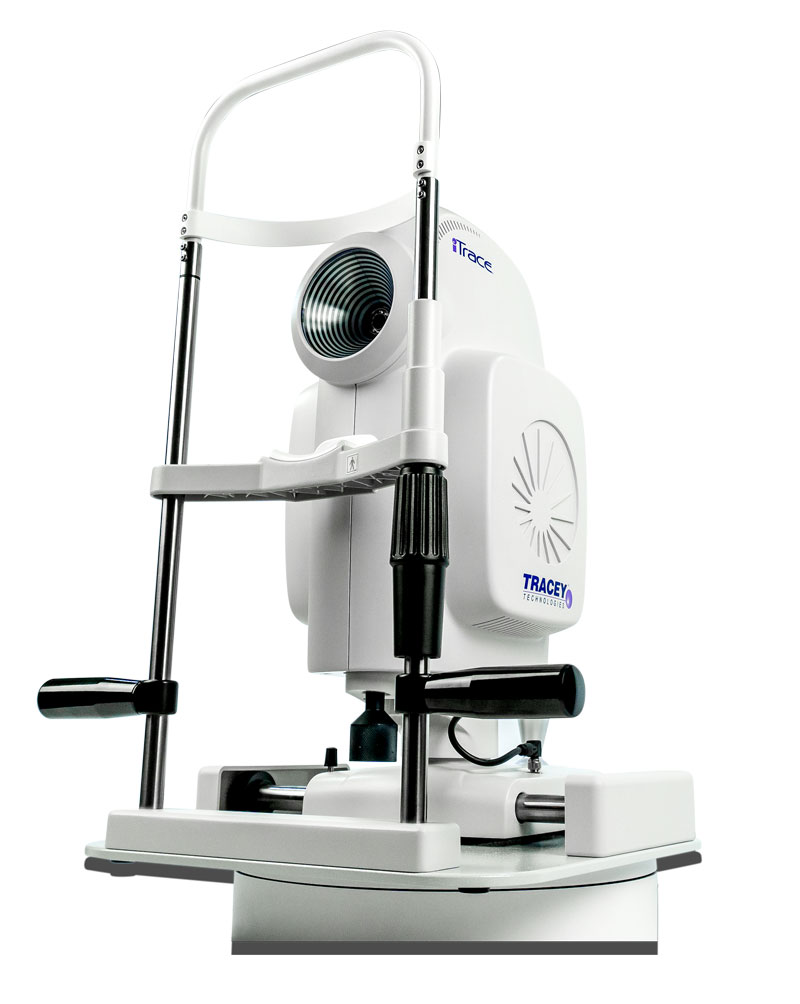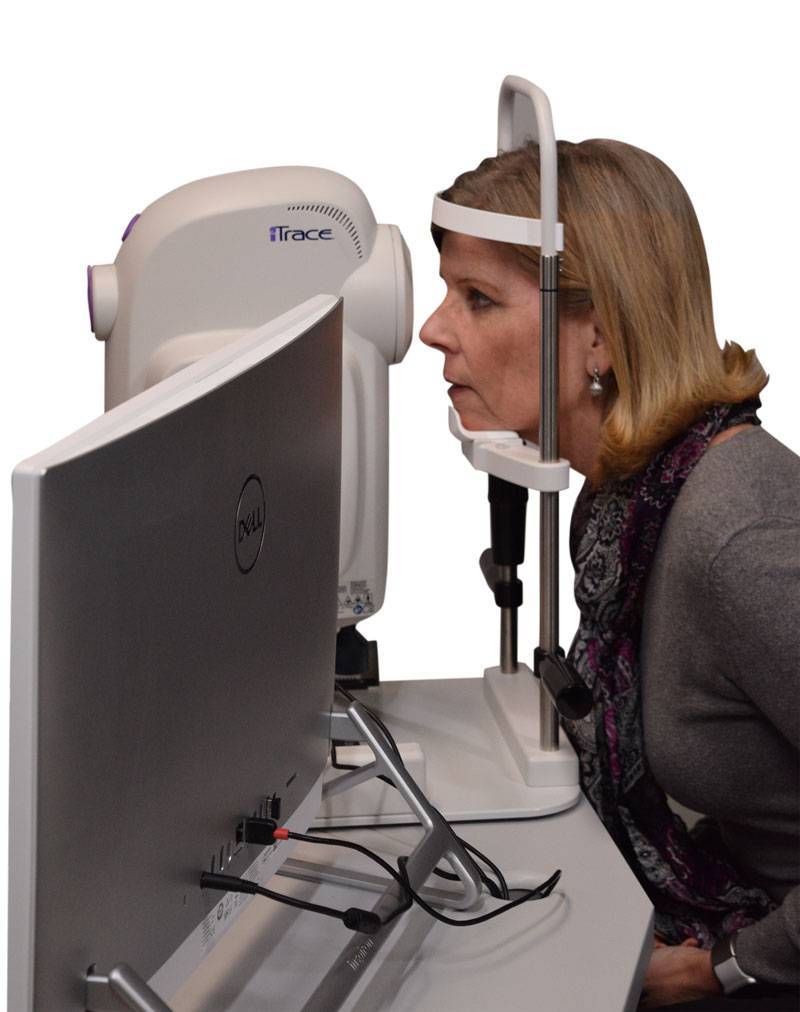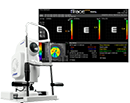How the iTrace Helps I. Paul Singh, MD, Improve Patient Care
Meet Paul Singh, MD

The wellbeing of a patient is the focal point and lifeblood of any practice — that’s why renowned ophthalmologists like Dr. Inder Paul Singh invest in equipment that allows them to provide the best possible visual outcomes.
For Dr. Singh and his team at The Eye Centers of Racine and Kenosha, Wisconsin, the iTrace is a major part of this. We caught up with Dr. Singh to talk about his thoughts on the iTrace and how he uses the device to serve his goals providing exceptional results to his patients.
To start, he gave us his overall impressions of the device: “It is a unique machine, a unique product that allows us to understand the quality of optical systems. There are very few products that tell us where the pathology is occurring and give us understanding of the anatomy of the eye.”
Keep reading to learn more about why Dr. Singh calls the iTrace, “The heart and soul of my cataract evaluations.”
Providing Better Information to Understand Vision Quality
Contrary to what many patients believe, doctors cannot simply run a few tests and immediately understand what’s causing poor vision — at least, not without the iTrace. As he put it, “It allows us to truly understand the entire optical system.”
A single iTrace scan (which can be done in less than 60 seconds) uses proprietary Ray Tracing technology to objectively separate vision between the cornea and internal structures, and categorize various higher and lower order aberrations affecting optical performance.
For Dr. Singh, this information is the key to helping understand what’s causing a specific vision issue, and what to watch out for ahead of time before he starts addressing the problem — whether that means LASIK or cataract surgery, or something like dry eye treatment.
Essentially, he said the difference the iTrace makes in solving “vision mysteries” can make an impact for any practice: “You want to know why the patient isn’t seeing well? This will give you the answer. It’s made life so much easier.”
Increasing Patient Success Stories
Dr. Singh told us that before he started using the iTrace, conversations about why a patient wasn’t seeing clearly could become convoluted. Being able to show patients information provided by the iTrace made it significantly easier. “In a very efficient, concise, clear, visual way, we can help educate patients to get them an understanding of the various pathologies.”
And, he emphasizes, the same information that he uses to help patients understand their own vision quality is also what he uses to be sure about the steps that will help correct it.
“For instance, a patient comes in with poor quality vision. I see a cataract, but they also have dry eye. Well, what is the relative contribution to that poor vision of the cataract versus the dry eye?”
Using the iTrace allows him to objectively separate vision quality between the cornea and the internal optics of the eye. He said, if he sees significant higher-order aberrations in the cornea, it tells him that he needs to resolve the dry eye before making a judgement about whether cataract surgery is truly necessary. “Don’t rush to surgery. Clear that surface of the eye first. That’s one situation where I’ve saved myself the heartache of doing surgery and having a patient upset because they can’t see clearly.”

Choosing the Right IOL for Lens-Replacement Candidates
The iTrace is part of the system that Dr. Singh uses to make very confident recommendations to his patients about what lens he should choose. It allows him to rule out certain IOLs and educate patients on why a specific lens is such a good investment for them.
For example, with astigmatic patients, Dr. Singh says the ability to toggle toric correction on the iTrace’s Dysfunctional Lens Index has been as crucial of an education tool as anything in his practice when it comes to explaining the value of an upgraded IOL. “This screen is as simple as it gets. The E is blurry, the E is clear.”
Features like this that only the iTrace offers allow him to explain things in ways that patients understand: “It allows me to educate the patient so they understand the value-add of that lens.”
Does Dr. Singh Recommend the iTrace?
One of the biggest reasons why Dr. Singh feels the iTrace can make a difference in every practice is because it empowers doctors to do what’s best for their patients. For example, he told us that “One of the reasons why many doctors don’t feel comfortable putting in these expensive lenses that patients have to pay for is because they’re afraid of not delivering on their promise of spectacle independence or good quality of vision.”
Dr. Singh said the ability to understand which patients are going to be right for a given solution is difficult for a lot of surgeons, but he believes adoption of the iTrace goes a long way towards helping them make the best choice: “It gives me that confidence that I need to educate and to make that informed decision.”

OUR COMMITMENT TO INNOVATION
We started with a device that uses 256 unique points of light to gather the most accurate measurements of lenticular and corneal aberrations. Since then, we’ve built on our core technology to create displays in which users can objectively see through the eyes of a patient. The possibilities for vision analysis with the iTrace are as endless as our commitment to innovation. Once you own an iTrace, you can simply upgrade your software to get access to the latest advancements.

